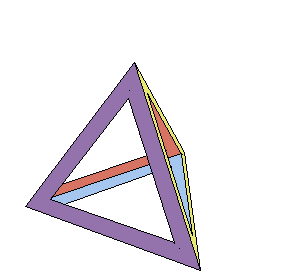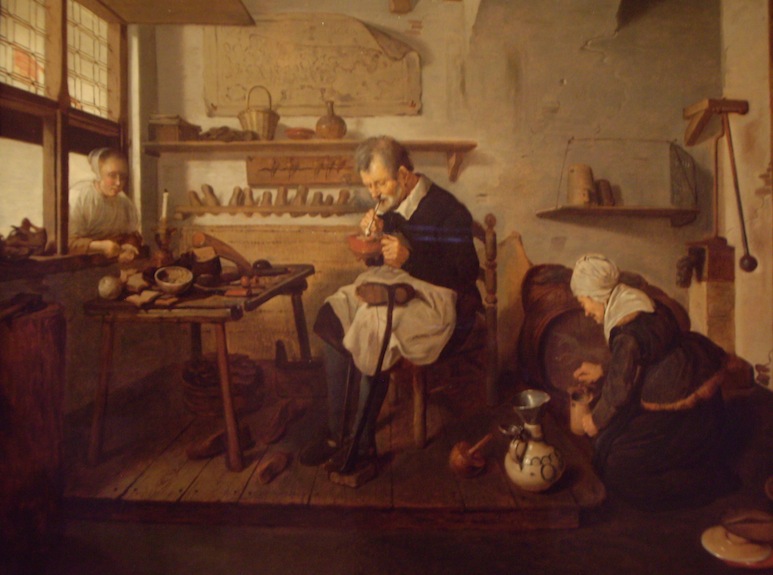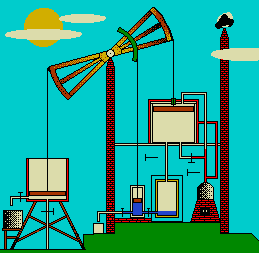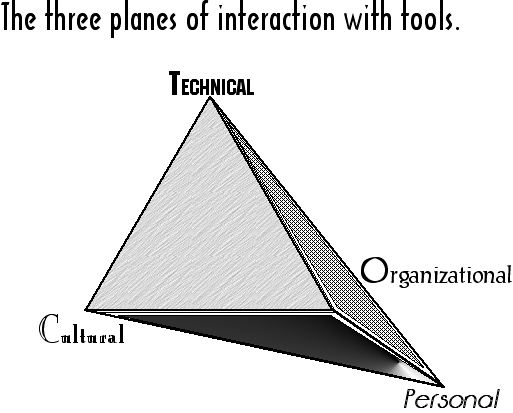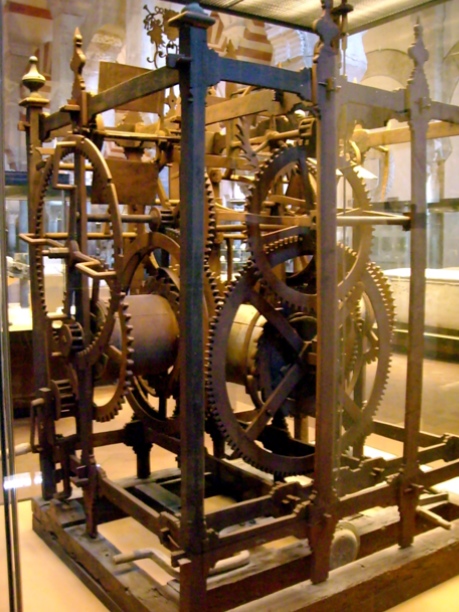
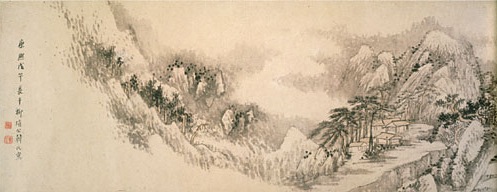
Tools of Toil: The History of Technology
"In body and in mind he is the explorer of nature, the ubiquitous animal, who did not find but made his home in every continent."
Jacob Bronowski, The Ascent of Man. (1973), p.19.
We have inherited a tradition of unending tinkering and sophisticated reinvention of the instruments and techniques by which this world was made by centuries of innovators and their inventions into our domicile; if not completely at home here, human ingenuity subduing obstacles has created a second nature that now shapes our very existence and future potential. This class is an attempt to comprehend this continuum and understand our condition as both an adapter of devices and the adapted agents of automated machinery we call technology.
Our study of technology is divided into four contingent parts.
The division is based on how fully tools transform our conditions of existence.
Any tool is a text to be read, is Part One.
The central story to read & interpret is The Judgment of Thamus Plato's dialogue Phaedo
What must I do?
Interviews of five people about technology-use.
Manufacture is Part Two.
White Heat, by Carroll Pursell
What must I do? Write an essay defining technology.
Mechanization is Part Three.
Technopoly, by Neil Postman
Technology in World Civilzation, by Arnold Pacey
What must I do? Write an essay describing socio-technical change.
Automation is Part Four.
Two Cultures, by C. P. Snow
Mindless, by Simon Head
auto means self
What must I do? Write an essay analyzing the ideology of automation.
Technology is defined as the knowledge of tools as means to an end. From the Greek words meaning literally, "to fit together" the material, social and psychological aspects of technology combine forcefully to create consequences that are greater than the mere sum of their operating parts.
By the knowledge of means to an end, the power of tools to shape processes and results that we call technology may be represented by a tetrad of facets or related capacities to transform the users and their devices.
When represented as a tetrad with closely associated characteristics, technology is more than mere technical features or tectonic, materials and apparatus. Tools involve more than the techniques employed to operate the instruments. Technology is also more than the context in which – once employed – technically sophisticated implements reshape the users and their surroundings in which tools are deployed.
Techniques are part of the institutional or social sphere of technology called "organizational," or a socio-technical facet of technology.
The power of related tools or tool complexes to reorganize society over time and even alter ideas, language, linguistic expression, symbols, diets, fashions, and even meaning is referred to as the cultural aspect or an ideo-technical facet of technology.
The internal mechanism of a clock; the workings of an instrument that altered reality to the extent that our culture today is inconceivable and inexplicable without the social and intellectual influences of clock-time.
"One can … use public clocks to summon people for one purpose or another; but that is not punctuality. Punctuality comes from within, not from without."
"So deeply did this sense of being a 'timely' people penetrate the European consciousness,..."
Pursell, White Heat, p. 69.
Do certain widely used tools reorganize our lives to such a great extent that our behavior is altered and then we pass these social values on to our descendents?
CORE
Postman–Tech | Postman–Television | Pursell | Pacey–Meaning | Pacey | Taylor | Head | Tenner | Eberhart | Snow | Kaku
- Technology overview
- A timeline of crucial technologies, tools and inventions
- Automated technology shapes our expectations
- Chronological Periods of tool use
- Freedom and technology
- History of Technology course described
- Introduction to technology and keystone tool complexes
- Kranzberg's Laws of technology
- Pacey's three planes or dimensions of tool use
- Political influences of inventions and tool complexes
- Power of Technology
- Technology alters our values!
- Technology defined
- Time and the relation of clocks to tools
- Technological change
- Technology and disturbance
- Three facets of Technological interaction
February 14, 1946, the Electronic Numerical Integrator and Computer (ENIAC), was the first general-purpose electronic computer.
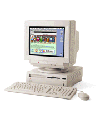

.gif)

